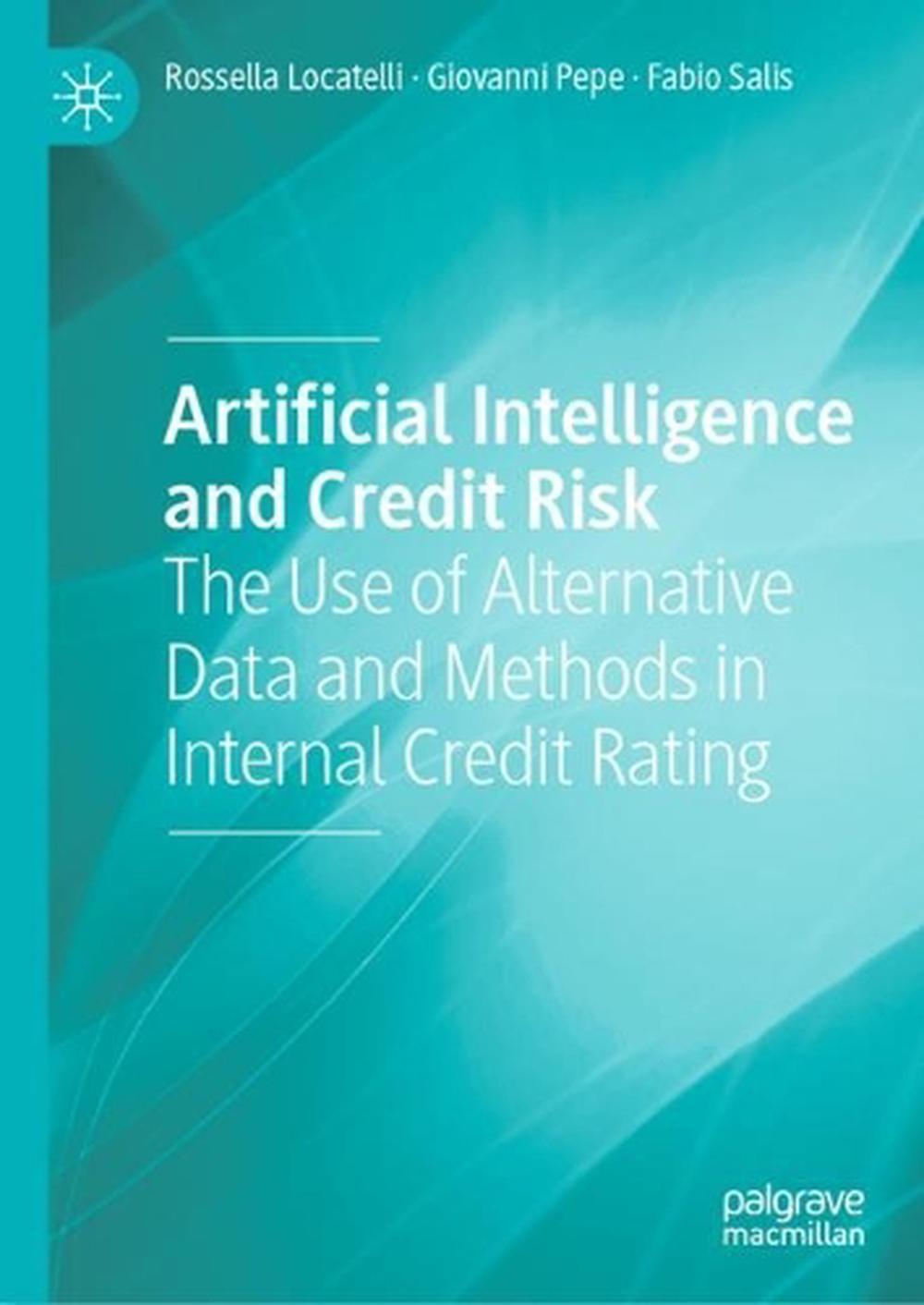
When you click on links to various merchants on this site and make a purchase, this can result in this site earning a commission. Affiliate programs and affiliations include, but are not limited to, the eBay Partner Network.
Artificial Intelligence and Credit Risk: The Use of Alternative Data and Methods

- Item No : 146578955914
- Condition : Brand New
- Brand : No brand Info
- Seller : the_nile
- Current Bid : US $53.65
-
* Item Description
-
The Nile on eBay

Artificial Intelligence and Credit Risk
by Rossella Locatelli, Giovanni Pepe, Fabio Salis
This book focuses on the alternative techniques and data leveraged for credit risk, describing and analysing the array of methodological approaches for the usage of techniques and/or alternative data for regulatory and managerial rating models.
FORMAT
HardcoverLANGUAGE
EnglishCONDITION
Brand New
Publisher Description
This book focuses on the alternative techniques and data leveraged for credit risk, describing and analysing the array of methodological approaches for the usage of techniques and/or alternative data for regulatory and managerial rating models. During the last decade the increase in computational capacity, the consolidation of new methodologies to elaborate data and the availability of new information related to individuals and organizations, aided by the widespread usage of internet, set the stage for the development and application of artificial intelligence techniques in enterprises in general and financial institutions in particular. In the banking world, its application is even more relevant, thanks to the use of larger and larger data sets for credit risk modelling. The evaluation of credit risk has largely been based on client data modelling; such techniques (linear regression, logistic regression, decision trees, etc.) and data sets (financial, behavioural, sociologic, geographic, sectoral, etc.) are referred to as "traditional" and have been the de facto standards in the banking industry. The incoming challenge for credit risk managers is now to find ways to leverage the new AI toolbox on new (unconventional) data to enhance the models' predictive power, without neglecting problems due to results' interpretability while recognizing ethical dilemmas. Contributors are university researchers, risk managers operating in banks and other financial intermediaries and consultants. The topic is a major one for the financial industry, and this is one of the first works offering relevant case studies alongside practical problems and solutions.
Back Cover
This book focuses on the alternative techniques and data leveraged for credit risk, describing and analysing the array of methodological approaches for the usage of techniques and/or alternative data for regulatory and managerial rating models. During the last decade the increase in computational capacity, the consolidation of new methodologies to elaborate data and the availability of new information related to individuals and organizations, aided by the widespread usage of internet, set the stage for the development and application of artificial intelligence techniques in enterprises in general and financial institutions in particular. In the banking world, its application is even more relevant, thanks to the use of larger and larger data sets for credit risk modelling. The evaluation of credit risk has largely been based on client data modelling; such techniques (linear regression, logistic regression, decision trees, etc.) and data sets (financial, behavioural, sociologic, geographic, sectoral, etc.) are referred to as "traditional" and have been the de facto standards in the banking industry. The incoming challenge for credit risk managers is now to find ways to leverage the new AI toolbox on new (unconventional) data to enhance the models' predictive power, without neglecting problems due to results' interpretability while recognizing ethical dilemmas. Contributors are university researchers, risk managers operating in banks and other financial intermediaries and consultants. The topic is a major one for the financial industry, and this is one of the first works offering relevant case studies alongside practical problems and solutions. Rossella Locatelli is Full Professor of Banking at the University of Insubria, Italy. She graduated in Economics and Banking Science at the Universit
Table of Contents
Chapter 1. Introduction.- Chapter 2. How AI Models are Built.- Chapter 3. AI Tools in Credit Risk.- Chapter 4. The Validation of AI Techniques.- Chapter 5. Possible Evolutions in AI Models.
Feature
Analyzes methodological problems regarding the use of artificial intelligence in measuring credit risk Offers a technical analysis of the first experiences in using AI tools to measure credit risk Discusses the technical and ethical elements that influence the structure of credit risk models
Details
ISBN3031102355Author Fabio SalisShort Title Artificial Intelligence and Credit RiskPublisher Springer International Publishing AGLanguage EnglishYear 2022ISBN-10 3031102355ISBN-13 9783031102356Format HardcoverImprint Palgrave MacmillanSubtitle The Use of Alternative Data and Methods in Internal Credit RatingEdition 1stCountry of Publication SwitzerlandTranslated from ItalianPages 104Publication Date 2022-09-14Illustrations 15 Illustrations, color; 6 Illustrations, black and white; XVII, 104 p. 21 illus., 15 illus. in color.UK Release Date 2022-09-14Edition Description 1st ed. 2022DEWEY 332.7Audience Professional & Vocational


-
- NO GRID Survival Projects
- $ 37.00
















